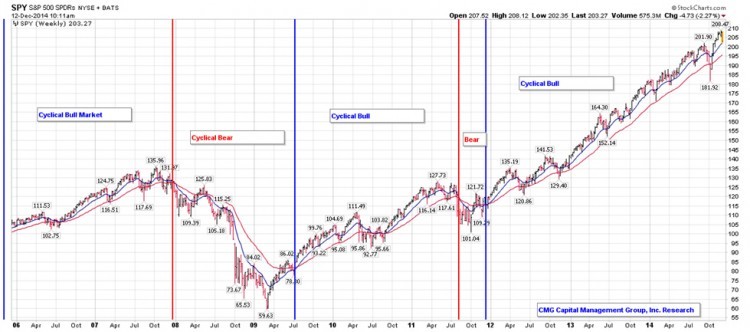Traders Finally Discover Obscure Inverse Junk Bond ETF iShares iBoxx $ HY Corp Bond Fund ETF (ETF
Post on: 23 Июнь, 2015 No Comment

There are plenty of inverse ETFs on the market today. Maybe too many in the eyes of those that enjoy critiquing these bearish funds. There are even inverse ETFs for the Australian dollar and Mexican stocks, but for junk bonds? Who knew?
Actually, the ProShares Short High Yield (NYSE: SJB ) has been around for over two years. In that time, the often overlooked SJB has had to deal with some bad timing because dwindling interest rates have helped investors embrace junk bond ETFs such as the iShares iBoxx $ High Yield Corporate Bond Fund (NYSE: HYG ) and the SPDR Barclays Capital High Yield Bond (NYSE: JNK ).
The month of May could be a sign that investors are changing their attitudes toward HYG and JNK, the two largest high-yield bond ETFs by assets, and that could mean SJB is just starting its 15 minutes of fame.
As investors shift to bond funds with shorter duration, JNK has seen second-quarter outflows of over $1.2 billion while HYG lost $324.3 million as of May 30 .
SJB told a different story in the month of May when it raked in almost $6.2 million in new assets. That may not sound like much, but consider that the ETF had just $45.3 million in assets at the end of the first quarter and $6.2 million in one month is a tidy haul.
Volume numbers indicate traders are finding out about/remembering SJB. Last Friday, the ETF printed quadruple its average daily turnover. On Monday, that number jumped to 14 times the usual volume. On Tuesday, SJB topped its average volume number less than two hours into the trading day.
Some traders are looking to establish bearish high-yield debt positions do so by shorting shares of JNK directly because that ETF has historically not tracked its underlying index as well as HYG does. SJB offers an unleveraged alternative to that strategy.
SJB attempts to deliver a daily, inverse performance that corresponds to the Markit iBoxx $ Liquid High Yield Index and does so through swaps issued by two major banks. That is HYG’s underlying index. In other words, if all goes according to plan, HYG falls one percent on a particular and SJB rises by one percent on that same day.

Those clinging to the notion that the recent struggles for HYG and JNK are no more than a short-term blip probably do not like volume and inflow data pertaining to SJB. And they certainly will not enjoy the fact that even with Tuesday’s 1.4 percent loss, SJB is still up over three percent in the past month.
With an annual expense ratio of 0.95 percent, SJB is a pricey long-term hold, but if money continues to flow out of HYG and other big junk bond ETFs, SJB is worth the price of admission as a short-term trade.
For more on ETFs, click here .
2015 Benzinga.com. Benzinga does not provide investment advice. All rights reserved.














